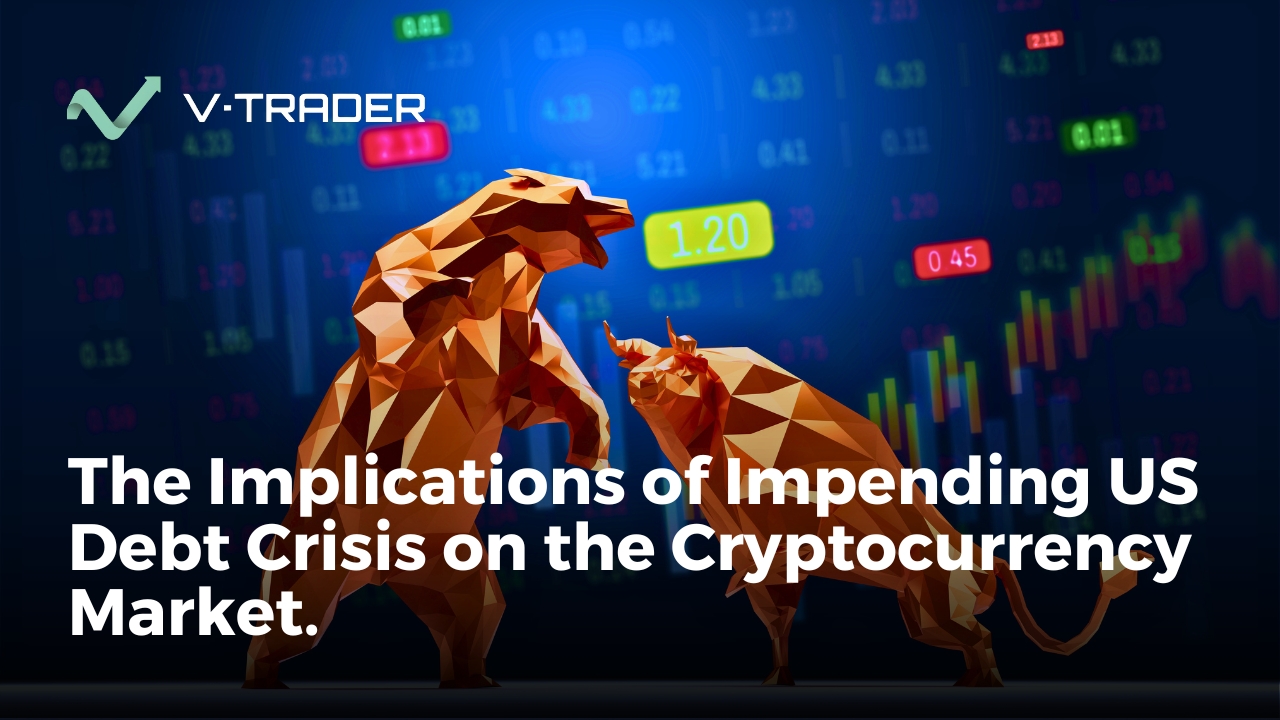In the rapidly evolving landscape of digital assets, the focus is shifting from traditional beta exposure to pursuing alpha—returns that outperform the market. This change is driven by sophisticated strategies that promise to reshape alternative investing. As bitcoin exchange-traded funds (ETFs) and exchange-traded products (ETPs) make beta more accessible, the quest for alpha is gaining momentum among institutions eager to exploit market inefficiencies.
The Role of Uncorrelated Returns
One of the key attractions of digital assets lies in their low correlation with traditional financial markets, enhancing portfolio diversification. Bitcoin, for instance, has shown a daily correlation of just 0.231 with the Russell 1000 Index since 2015. This low correlation means that bitcoin’s price movements are not strongly tied to those of traditional equities, offering a unique diversification benefit. Integrating even a modest 5% bitcoin allocation into a conventional 60/40 portfolio can boost the Sharpe ratio from 1.03 to 1.43, effectively improving risk-adjusted returns.
Within the crypto realm, varying correlations among digital assets themselves provide further diversification opportunities. This evolving asset class is proving to be a powerful tool for enhancing risk-adjusted returns, particularly as investors seek innovative strategies to capitalize on market dynamics.
Digital Assets Enter the Active Era
Much like hedge funds and private equity transformed traditional finance by capitalizing on inefficiencies, digital assets are venturing beyond passive, index-style investing. In traditional finance, active management accounts for over 60% of global assets. The crypto landscape, with its fragmented infrastructure and informational asymmetries, offers fertile ground for alpha generation.
According to financial analyst Maria Thompson, “The structural inefficiencies present in crypto markets offer a playground for active managers. These markets are still nascent, with high volatility and inconsistent pricing, creating abundant opportunities for specialized strategies.”
Despite bitcoin’s annualized volatility dipping below 40% in 2024, it remains more than twice as volatile as the S&P 500. This volatility, coupled with regulatory fragmentation and the predominance of retail investors, presents a compelling case for active investment approaches.
Market Inefficiencies and Strategies
Active managers are leveraging several strategies to tap into the inefficiencies of crypto markets. Arbitrage strategies, such as cash and carry or basis trading, exploit spreads between spot and futures prices or discrepancies between long and short positions. Additionally, market making strategies capitalize on placing bid/ask quotes to capture spread, though these require adept risk management.
Yield farming is another avenue, utilizing Layer 2 scaling solutions and decentralized finance (DeFi) platforms to earn yields through lending protocols or by providing liquidity on decentralized exchanges (DEXs). This approach often rewards investors with both trading fees and token incentives.
Volatility arbitrage, meanwhile, targets the gap between implied and realized volatility in crypto options markets. This strategy offers market-neutral alpha through advanced forecasting and risk management, appealing to those who can navigate its complexities.
High Upside and an Expanding Universe
The digital asset ecosystem is continually expanding, with new opportunities on the horizon. Tokenized real-world assets (RWAs) are projected to exceed $10.9 trillion by 2030, while DeFi protocols, boasting over 17,000 unique tokens and business models, are expected to surpass $500 billion in value by 2027.
As bitcoin’s price surged over recent years, its long-term realized volatility has steadily declined, suggesting a maturing market. This trend raises questions about the sustainability of current strategies and the potential for new ones. Could these developments signal a broader acceptance of digital assets as a legitimate alpha-generating medium?
Looking ahead, the question remains: will the digital asset strategies that promise alpha continue to deliver as markets mature and competition intensifies? The answer may well redefine the future of alternative investing. As the landscape evolves, investors and institutions alike are poised to see how these strategies unfold in the dynamic world of digital assets.
Source
This article is based on: How Alpha-Generating Digital Asset Strategies Will Reshape Alternative Investing

Steve Gregory is a lawyer in the United States who specializes in licensing for cryptocurrency companies and products. Steve began his career as an attorney in 2015 but made the switch to working in cryptocurrency full time shortly after joining the original team at Gemini Trust Company, an early cryptocurrency exchange based in New York City. Steve then joined CEX.io and was able to launch their regulated US-based cryptocurrency. Steve then went on to become the CEO at currency.com when he ran for four years and was able to lead currency.com to being fully acquired in 2025.

